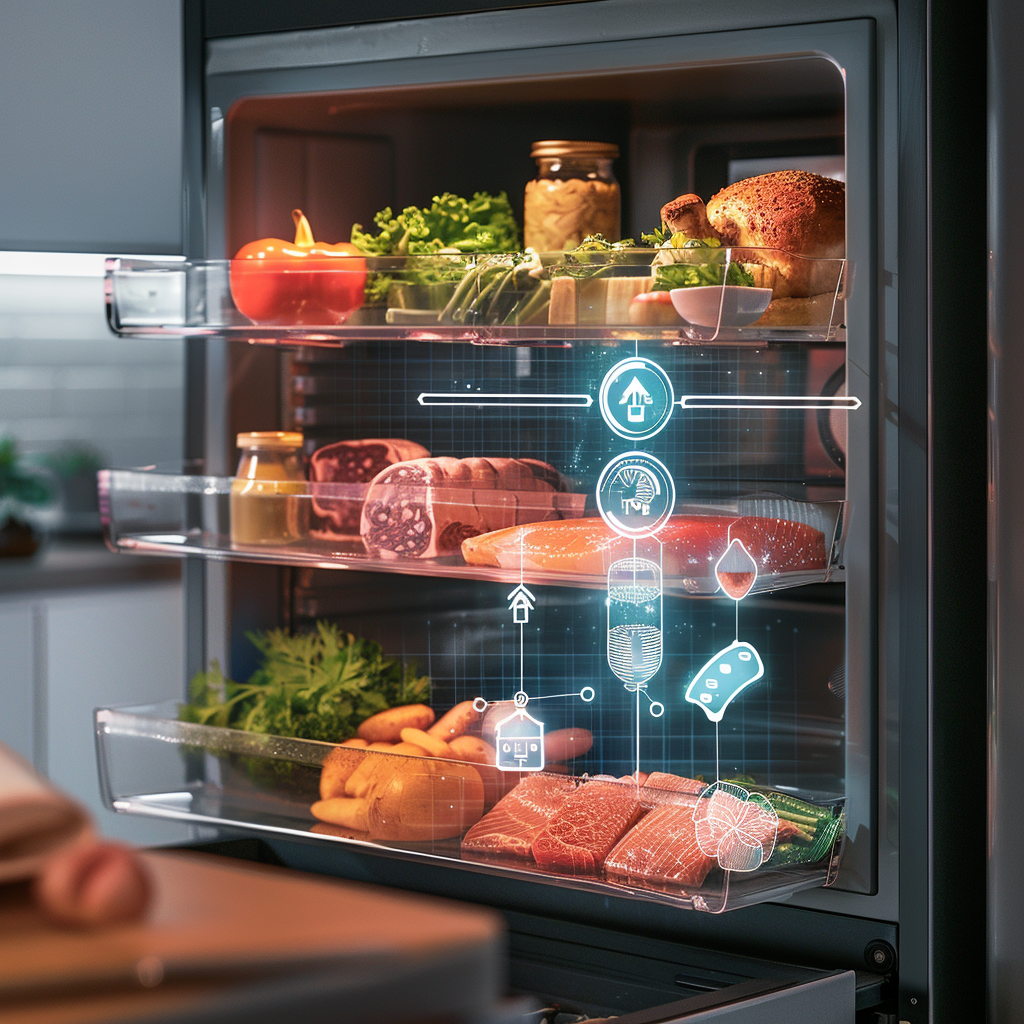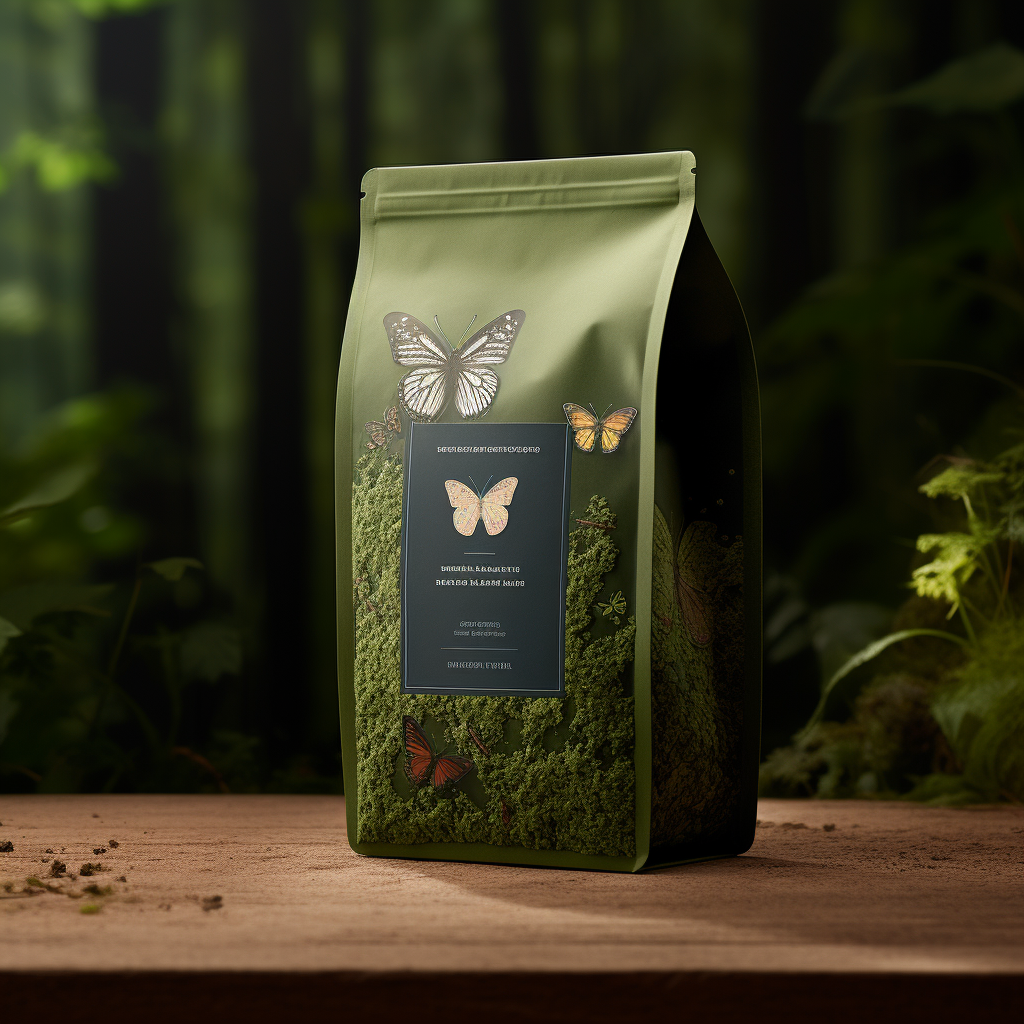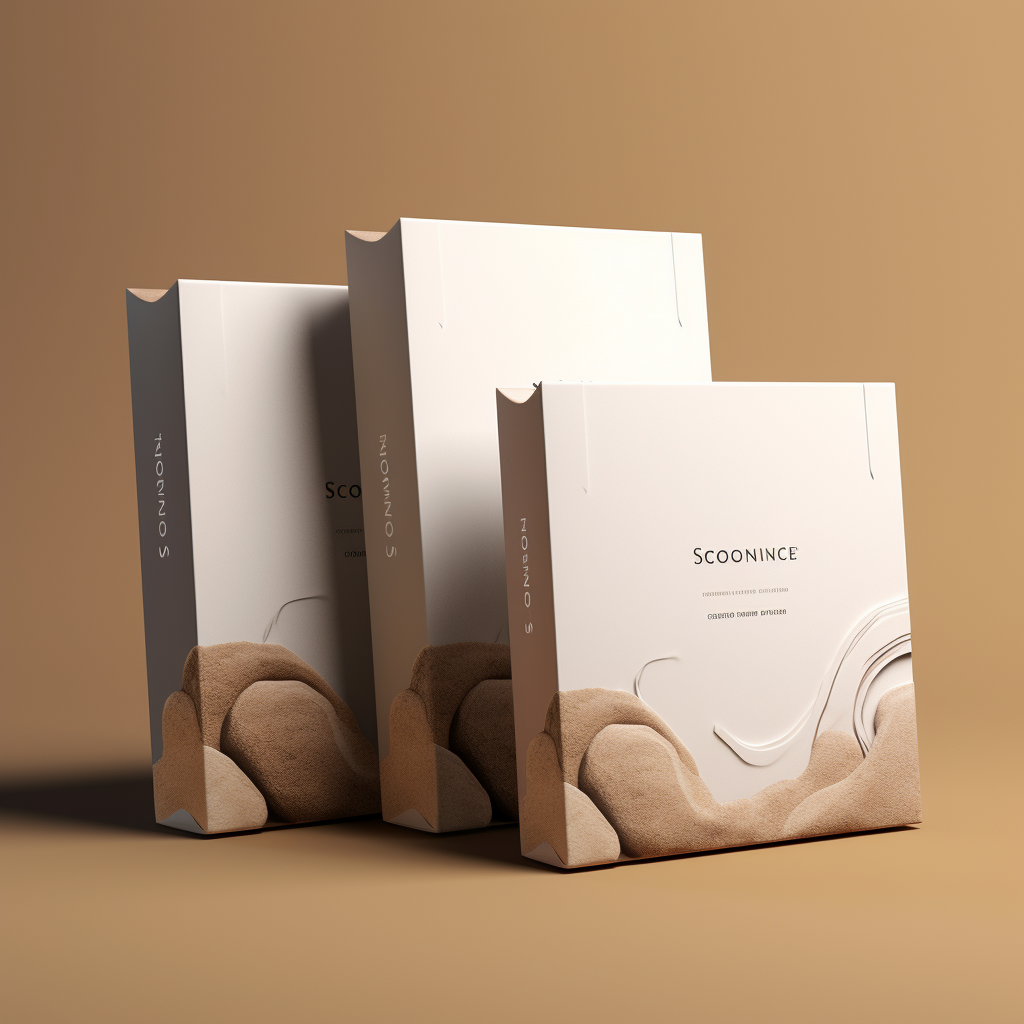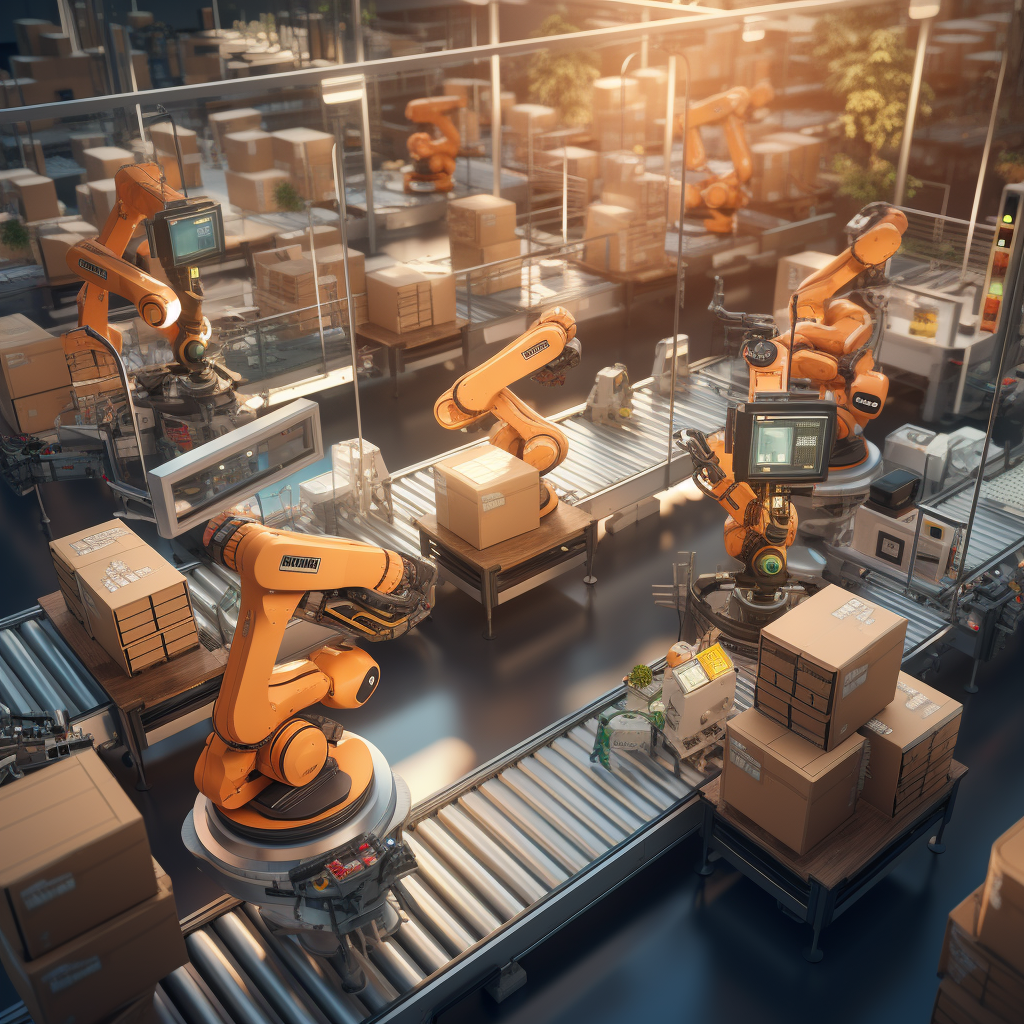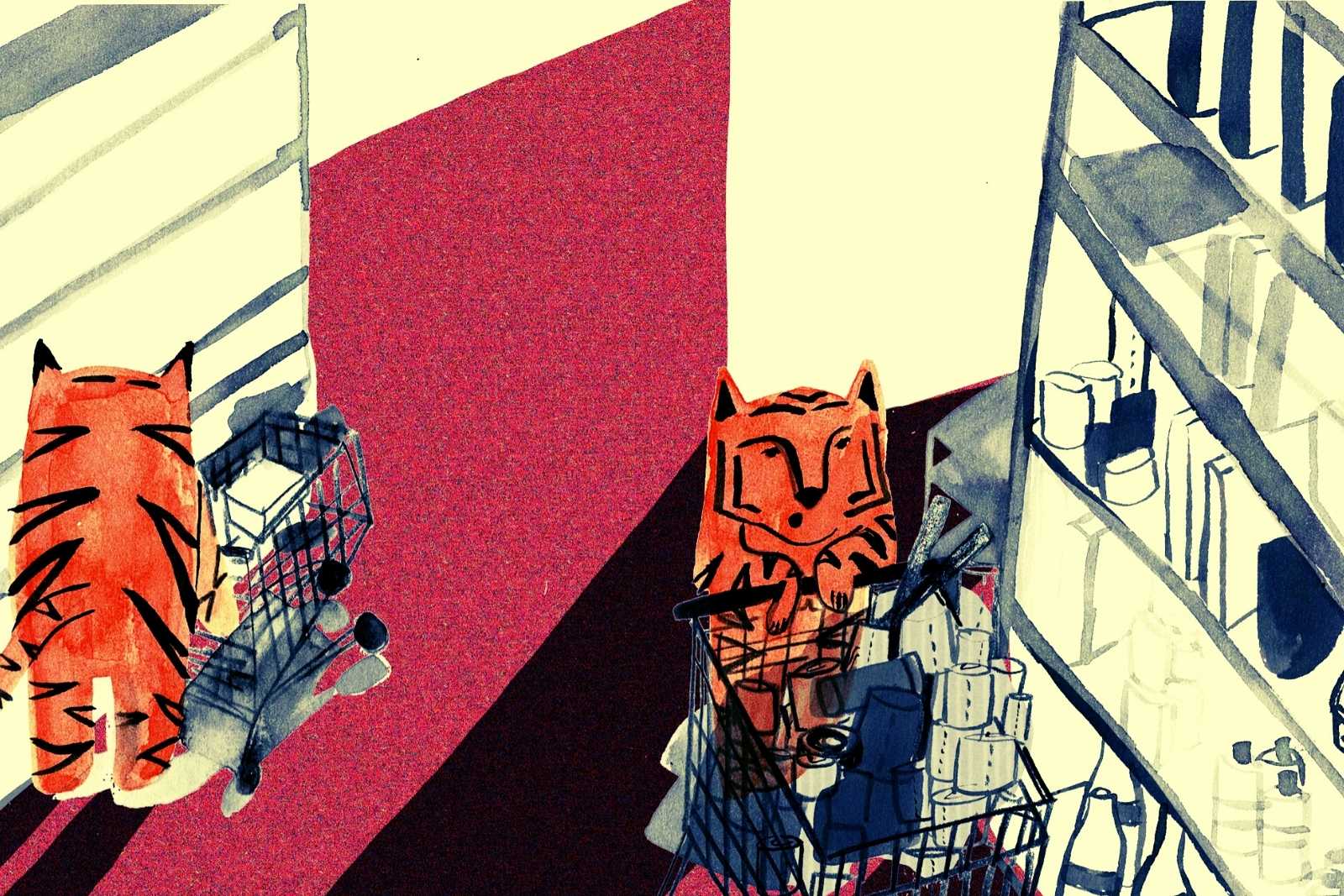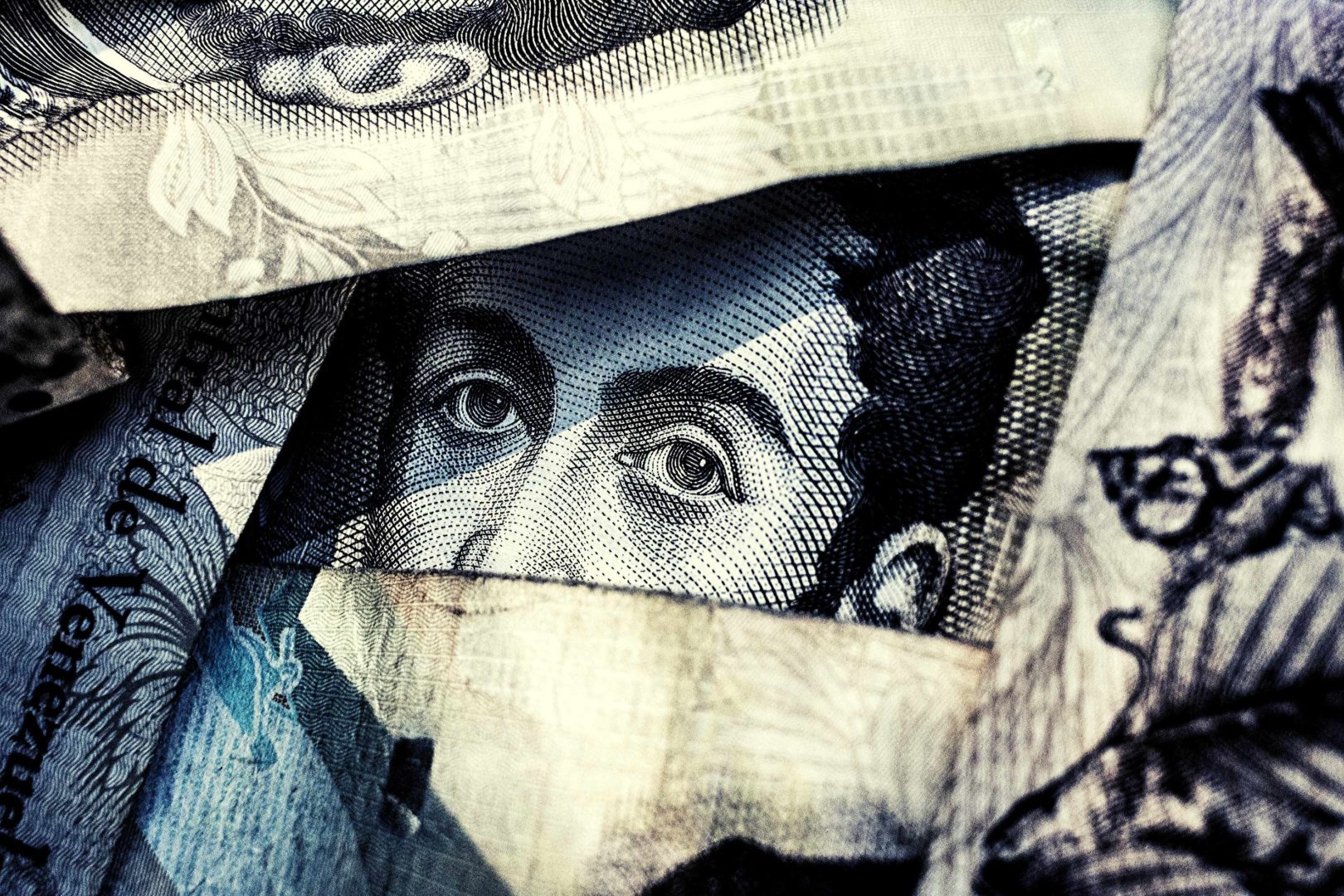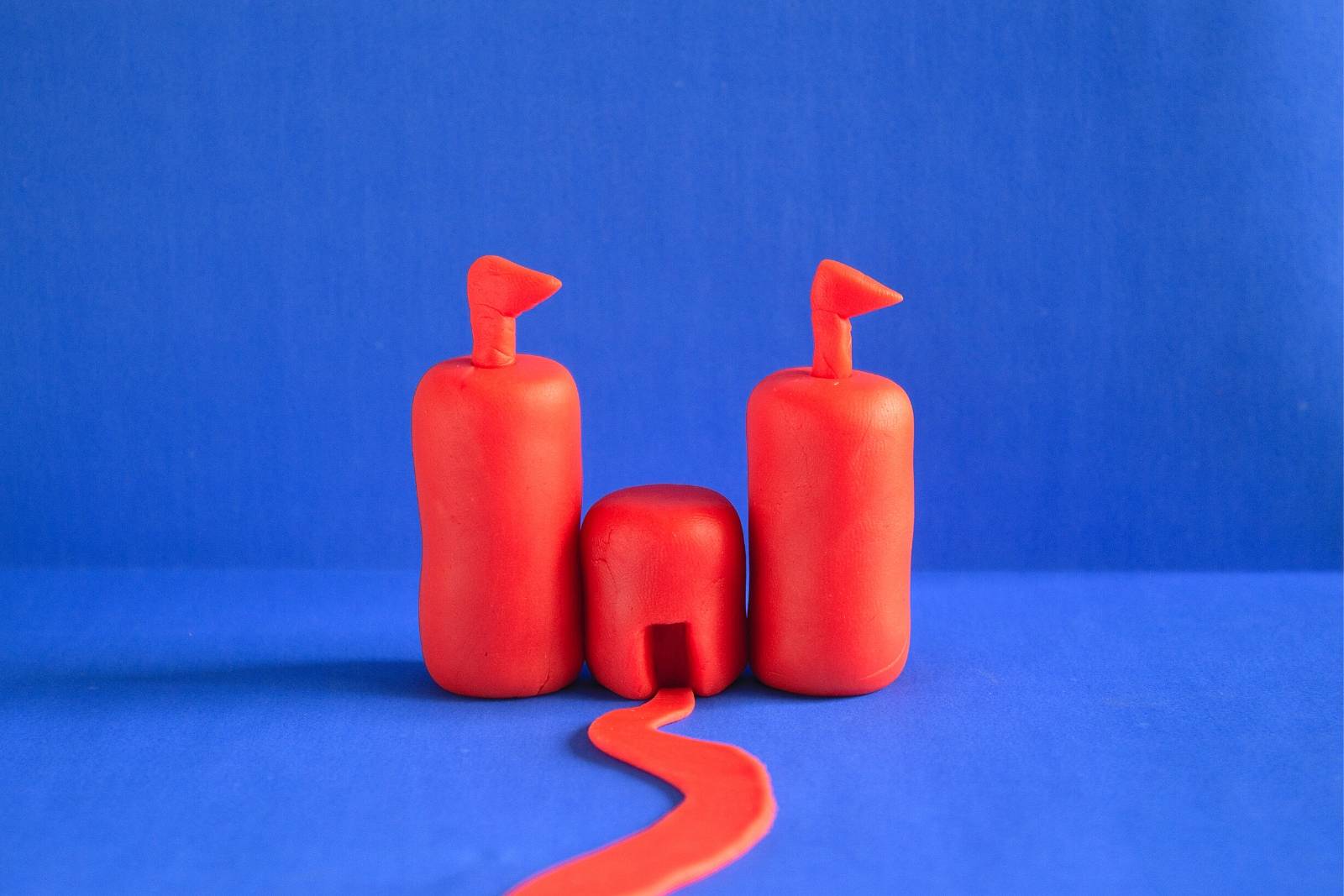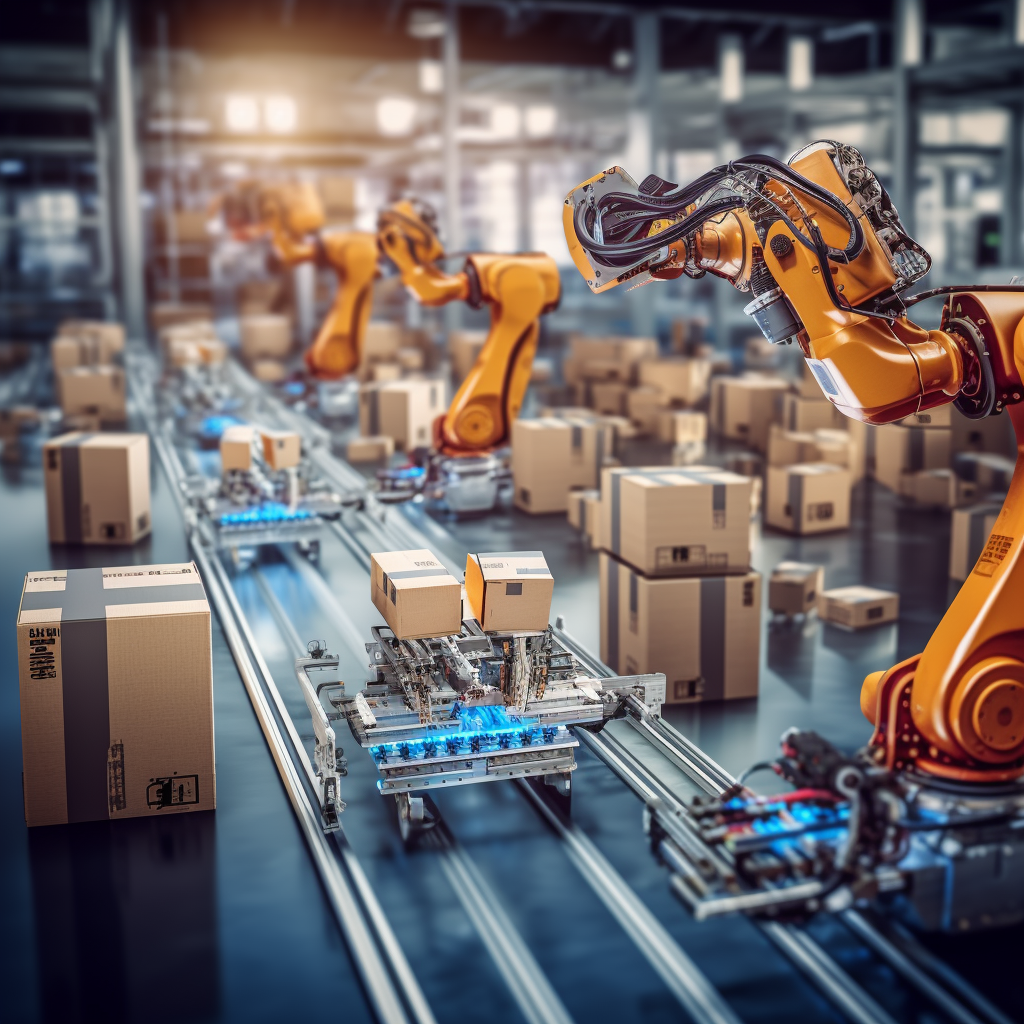

The Impact of Technology on Packaging Operations
As you stand amidst the dynamic symphony of automated systems, it’s evident that the digital age has ushered in unprecedented efficiency and accuracy. You’ve witnessed firsthand how smart technologies seamlessly integrate into the packaging process, from the initial design to the final shipment. Yet, this is merely the tip of the iceberg. With each passing day, new technological advancements emerge, offering you tools that could further transform your operations. It’s crucial to stay abreast of these developments, as they hold the potential to dictate the future of your business in a marketplace that’s becoming increasingly competitive. The question now is, how will you leverage these innovations to stay ahead of the curve and meet the growing demands of your customers? Let’s explore the possibilities that lie just beyond the horizon.
Automation Advancements
With automation advancements, packaging operations are witnessing a transformative increase in efficiency and a significant reduction in labor costs. You’re now at the forefront of a revolution where digital printing streamlines customization, enabling rapid response to market demands. Machine learning integrates with these systems, allowing adaptive operations that improve over time through data analysis and pattern recognition.
In the world of active packaging, smart technologies such as RFID tags and sensors are no longer futuristic concepts; they’re current tools that enable real-time tracking and monitoring, significantly enhancing the technology for shipping. This visibility into the supply chain also facilitates proactive quality control and inventory management, reducing waste and ensuring product integrity.
With AI-driven systems optimizing storage efficiency and retrieval processes, your warehousing operations aren’t left behind. These smart-systems predictively manage stock levels, orchestrate warehousing tasks, and even anticipate maintenance needs for packaging machinery. As a result, you can maintain a high level of operational performance, staying ahead of the curve in a competitive landscape where technological prowess is no longer optional – it’s essential.
Smart Packaging Integration
Smart packaging integration revolutionizes tracking, securing, and preserving products, utilizing sensors and RFID technology to streamline supply chain operations. This new technology isn’t just an upgrade; it’s a complete overhaul of traditional methods, offering a breadth of data storage and interactive capabilities that weren’t previously possible.
Here’s a glimpse at how smart packaging stands at the forefront of packaging innovations:
Supply Chain Efficiency
- Real-time Tracking: With RFID tags, you can monitor products at every stage, from manufacturing to the end-user.
- Theft Prevention: Embedded sensors deter theft, ensuring secure delivery.
Consumer Interaction
- Product Information: Smart packaging provides consumers detailed product data, improving transparency and trust.
- User Engagement: Interactive elements create a dynamic user experience, boosting brand loyalty.
You’re witnessing a trend and a strategic shift in the industry. Smart packaging is essential in reducing waste, especially in e-commerce, and is pivotal in healthcare by monitoring medication adherence and ensuring safe transport. Moreover, it enhances food safety, significantly reducing spoilage and waste. Embracing these innovations doesn’t just mean staying current. It’s about leading the charge in a competitive landscape.
Sustainable Material Innovations
Building on the advancements in smart packaging, the industry is now also focusing on sustainable material innovations to meet the rising consumer demand for eco-friendly options. A key development is using plant-based materials such as algae, plant fibers, and seaweed in creating edible packaging options. These innovations reduce reliance on fossil fuels and present a sustainable alternative that alleviates environmental concerns.
As you delve deeper, you’ll notice a shift towards flexible packaging solutions. These are engineered to minimize waste and decrease the carbon footprint, offering adaptable options for various product types and sizes. The technical prowess behind these developments reflects a response to the fact that one in three consumers now favors eco-friendly products.
The trend towards sustainable packaging is evident in the industry’s investment in plant fibers and starches, representing a growing packaging material segment. This strategic pivot aligns with the analytical projection that smart packaging technologies, embedded with sensors and RFID tags, will generate significant revenues by 2024.
The packaging sector is dynamically evolving, championing sustainable material innovations catering to consumer preferences and environmental stewardship.
3D Printing Applications
3D printing technology is transforming packaging operations by enabling the production of complex, tailored designs with greater efficiency and reduced costs. As you delve into the world of new packaging technologies, you’ll find that 3D printing applications stand out for their ability to:
- Revolutionize design and prototyping processes.
- Quickly iterate designs without the need for expensive molds.
- Customize packaging for digital sales, providing a unique unboxing experience.
- Offer sustainable solutions aligned with environmental concerns.
- Reduce material waste by printing on-demand.
- Create packaging from biodegradable materials, lessening environmental impact.
Integrating 3D printing in packaging signifies a leap in packaging technology, marked by innovations and technological advancements. This shift is not just about staying current; it’s about reimagining the future of packaging. With 3D printing applications, you can produce innovative designs that resonate with consumers and streamline your operations. The technology’s agility in creating prototypes paves the way for rapid product development, which is crucial for maintaining a competitive edge in today’s fast-paced market. Adopting 3D printing isn’t just about embracing new technology—it’s about positioning yourself at the forefront of packaging innovation.
AI in Warehouse Management
As you integrate 3D printing to reimagine packaging solutions, it’s crucial to explore how AI is reinventing warehouse management to streamline your operations further. Innovative technologies like AI are transforming the digital landscape of the supply chain, optimizing inventory placement, and enhancing operational efficiency. By leveraging AI algorithms, your warehouse management can shift from reactive to proactive with predictive maintenance, minimizing downtime and extending the lifespan of critical equipment.
AI-driven systems in warehouse management not only bolster efficiency but also significantly improve order fulfillment accuracy and speed. This, in turn, boosts customer satisfaction, a competitive imperative in today’s market. Real-time monitoring capabilities afforded by AI allow for immediate, informed decision-making and optimal resource allocation, ensuring that your warehouse operations are agile and responsive.
Moreover, AI-powered analytics are key to unlocking insights into demand forecasting, enabling you to anticipate market changes and adjust your inventory accordingly. Labor management also becomes more strategic with AI, as it provides data-driven guidelines for workforce deployment. AI is an indispensable tool in modernizing your warehouse management, ensuring you stay at the forefront of digital innovation in the packaging industry.
Blockchain in Supply Chain
Harnessing blockchain technology, supply chains gain unparalleled transparency and traceability, ensuring every product’s journey from origin to consumer is securely recorded and easily verifiable. As you delve into the world of packaging companies, you’ll find blockchain is not just a buzzword; it’s one of the most innovative technologies reshaping the industry. This adoption reflects a broader technology trend focused on accountability and efficiency.
Consider the following impacts of blockchain on the supply chain:
Enhanced Security and Authenticity
- Tamper-proof Ledgers: Immutable records prevent counterfeit intrusion.
- Smart Contracts: Automated enforcement of supply chain agreements.
Operational Efficiency
- Real-time Visibility: Instantaneous tracking of goods across the network.
- Quality Verification: Assurance of product integrity to consumers.
Blockchain’s robust framework offers packaging companies a competitive edge. You’re looking at a future where every package carries a digital history, ensuring authenticity and quality. Integrating blockchain allows you to follow trends and participate in a supply chain revolution. The technology helps streamline operations, mitigate risks, and create a trust that traditional systems can’t match. As you navigate this innovative landscape, keep blockchain at the forefront of your strategic planning to stay ahead in the packaging sector.
Digital Print Technologies
While blockchain technology enhances security and efficiency in the supply chain, digital print technologies revolutionize the packaging industry by offering customizable and rapid production capabilities. You’re witnessing a paradigm shift where printing advancements enable flexible, personalized solutions. These innovative technologies support high-quality, high-speed printing directly onto various materials, paving the way for new packaging designs that stand out on shelves.
Digital print technologies aren’t just about aesthetics; they’re a strategic tool. With variable data printing, you can target consumers more effectively, tailoring your packaging to different demographics and market segments. This personalization is a marketing boon and streamlines the production process. You’re looking at cost-effective short runs that significantly reduce inventory costs and material waste, making packaging operations leaner and more sustainable.
Moreover, the quick turnaround times facilitated by these technologies are essential in a market that demands agility. You can respond to trends, and consumer demands almost in real-time, a competitive edge that wasn’t feasible with traditional printing methods. As augmented reality grows in popularity, digital print technologies are set to become even more integral to the packaging industry, offering an interactive experience that could redefine consumer engagement.
Conclusion
You’ve witnessed the metamorphosis, where gears of progress mesh seamlessly with the tapestry of technology. Automation’s symphony has fine-tuned efficiency, while smart packaging whispers secrets of brand engagement. Sustainable materials bloom, reducing your carbon footprint. 3D printing sculpts the future, layer by innovative layer. AI orchestrates your warehouse’s rhythm, and blockchain weaves transparency into your supply chain’s fabric. Embrace these tools; they’re not just the paintbrushes but the palette of tomorrow’s packaging tapestry.
PACKAGING INNOVATOR?
Blog updates, epic whitepapers, and much more.



